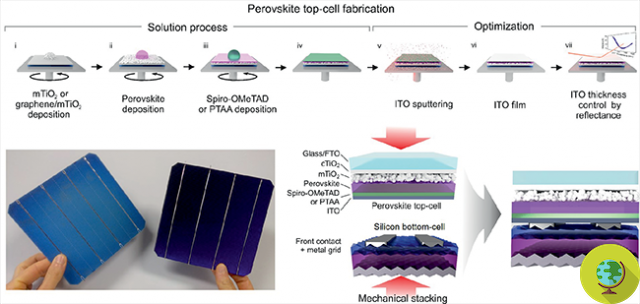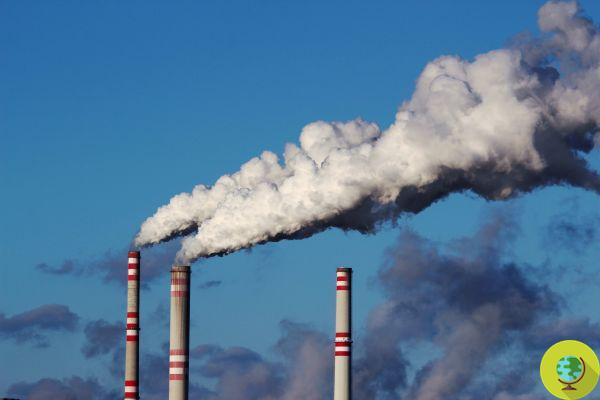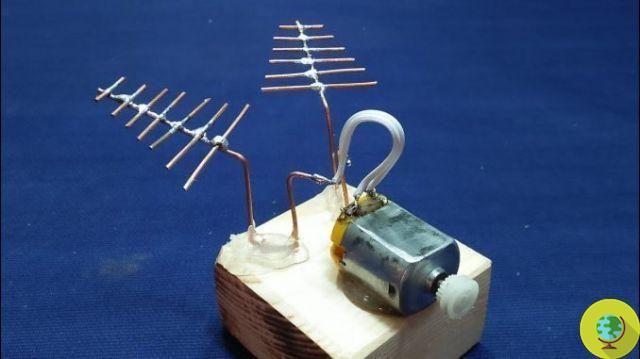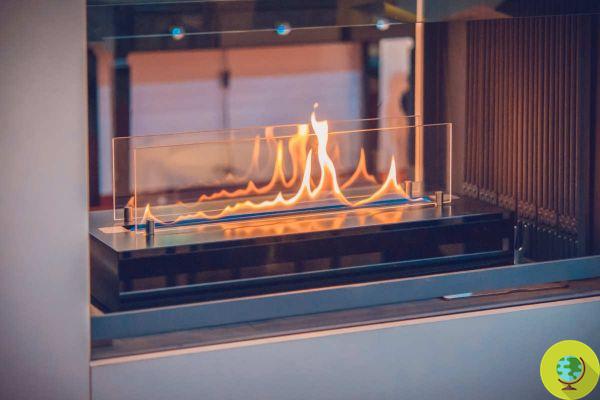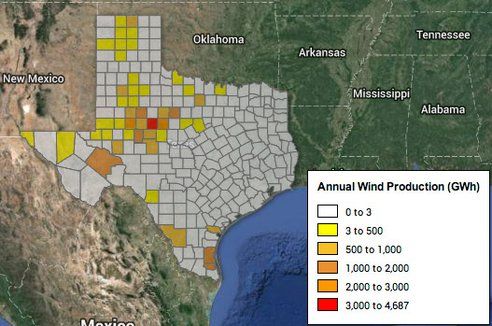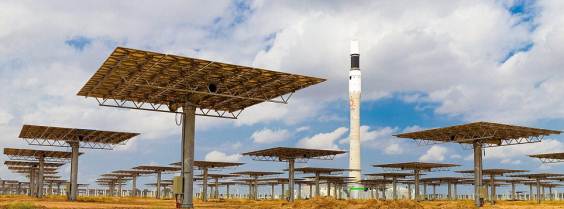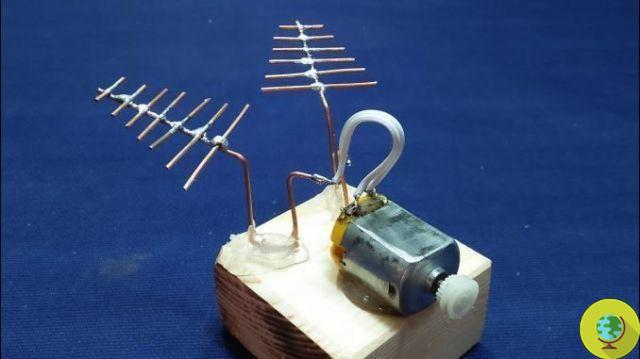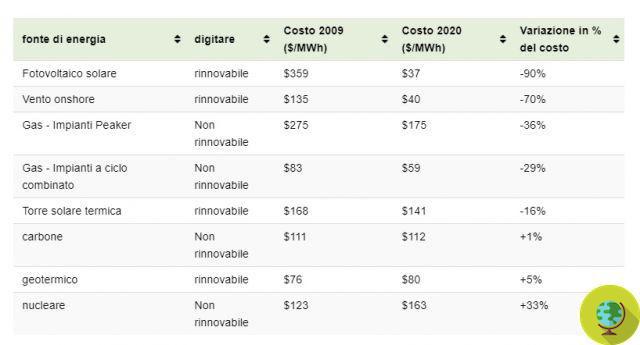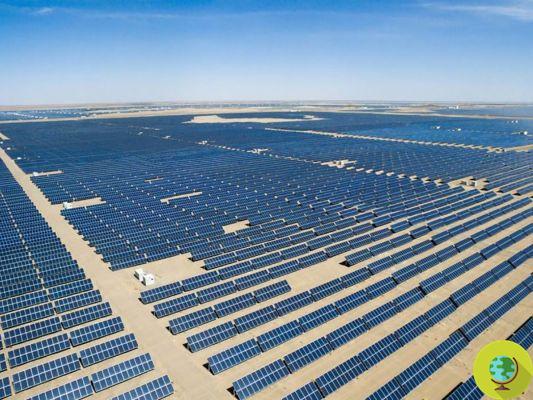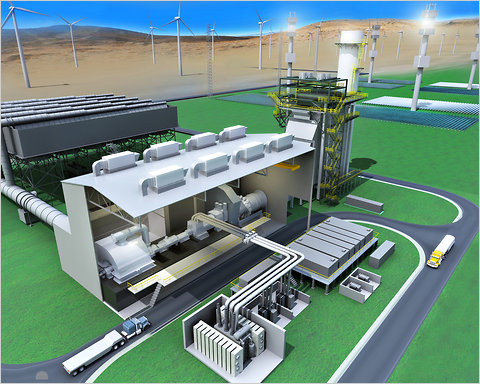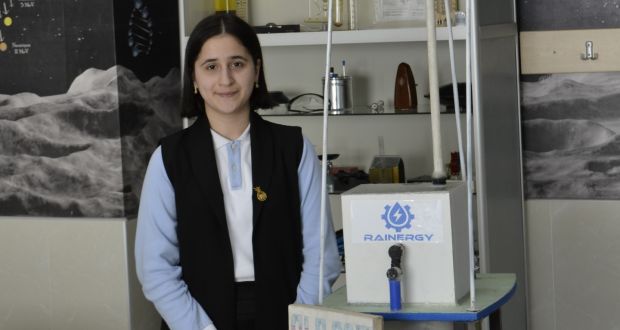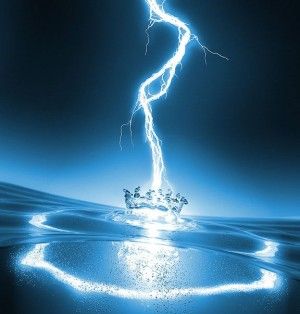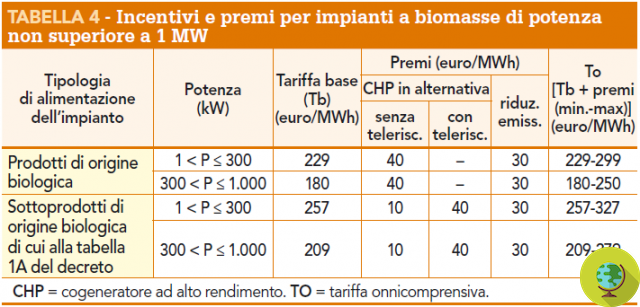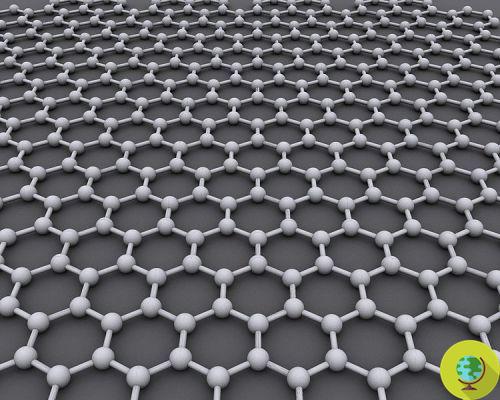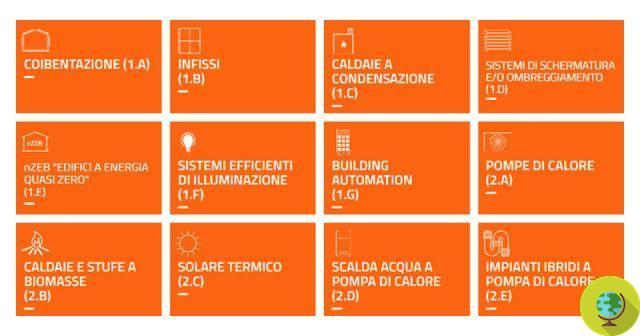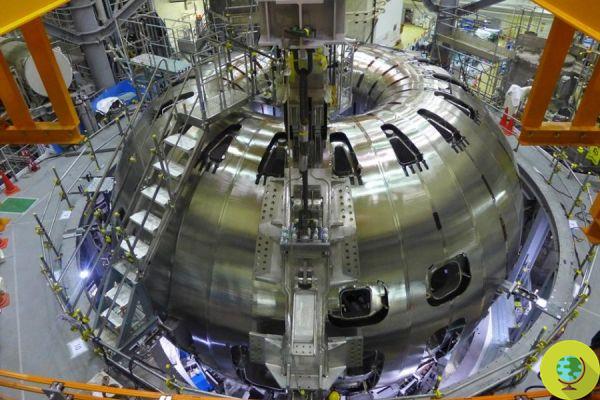
The EU invests in nuclear fusion and unlocks 1,3 billion euros for the international project Iter, International Thermonuclear Experimental Reactor
He is about to end up run over, his mother saves himEncourage research on nuclear fusion. The EU gave the green light last December 13 to the funding of 1,3 billion euros for the start of Iter, (International Thermonuclear Experimental Reactor) in the two-year period 2011-2013.
The latter is a project which involves various countries including the EU, the United States, China, Russia, India, Japan and South Korea and which will have the purpose of thoroughly investigating nuclear fusion processes, through an experimental reactor.
An agreement had already been reached with the Council and the European Commission on 1 December, but the resolution was approved two days ago in Strasbourg, with a majority of 581 votes, 102 against and 16 abstentions.
But what exactly the project ITER? At the base there is the objective of evaluating the possible technological solutions necessary for a future fusion power plant. Iter's under construction platform is located in Cadarach, in France, where it will operate from 2018 through the device tokamak ITER. 24 meters high and 30 meters wide, the latter will be smaller than a conventional power plant and will be able to produce thermal energy with a maximum power of 500 MW, in a toroidal fusion plasma with a volume of 800 m3 contained by strong magnetic fields.
This ITER reactor, when fully operational, will also be able to produce energy in quantities that are five to ten times higher than that necessary to maintain the plasma at a fusion temperature (150 million degrees Celsius). These values would confirm the feasibility of fusion energy and continuous combustion.
Starting from these assumptions, thanks to the ITER Project, the experts of the countries that have joined the initiative will collaborate in order to find new technological solutions to be applied in the future to nuclear fusion plants.
In the start-up phase of the project, the EU will pay approximately 45,5% of the construction costs, while the other countries including China, India, Japan, Korea, Russia and the USA will each contribute 9,1%. The final cost of the project will be around 13 billion euros.
But why theUe has decided to invest in nuclear fusion? The advantages, in hindsight, are numerous. The energy produced through fusion is clean, unlike what happens with the nuclear fission. In fact, fusion does not have the risks of fission, where a nucleus is bombarded with beams of neutrons or other particles in order to split and release nuclear energy, which is then reconverted into electrical energy. With the merger, there would be no risk of explosions and uncontrolled reactions. In addition, 90% of the waste associated with nuclear fusion reactions have one low radioactivity which runs out in a hundred years, thus resolving the age-old question of waste storage. Furthermore, the exhaust gas produced by such reactions is helium, which is not radioactive. Furthermore, no greenhouse gases are produced and no emissions are generated explosions and disasters that we know, and that we remember under the names of Hiroshima and Nagasaki, Chernobyl and Fukushima.
However, even today, the Costi related to the realization of the nuclear fusion they are very high since the energy required for the reaction is still greater than that which is produced. For this reason, thanks to the international cooperation implemented with the Iter project, we will try to create new solutions so that in the not too distant future, by around 2050, we will be able to produce clean energy thanks to nuclear power.
Francesca Mancuso




